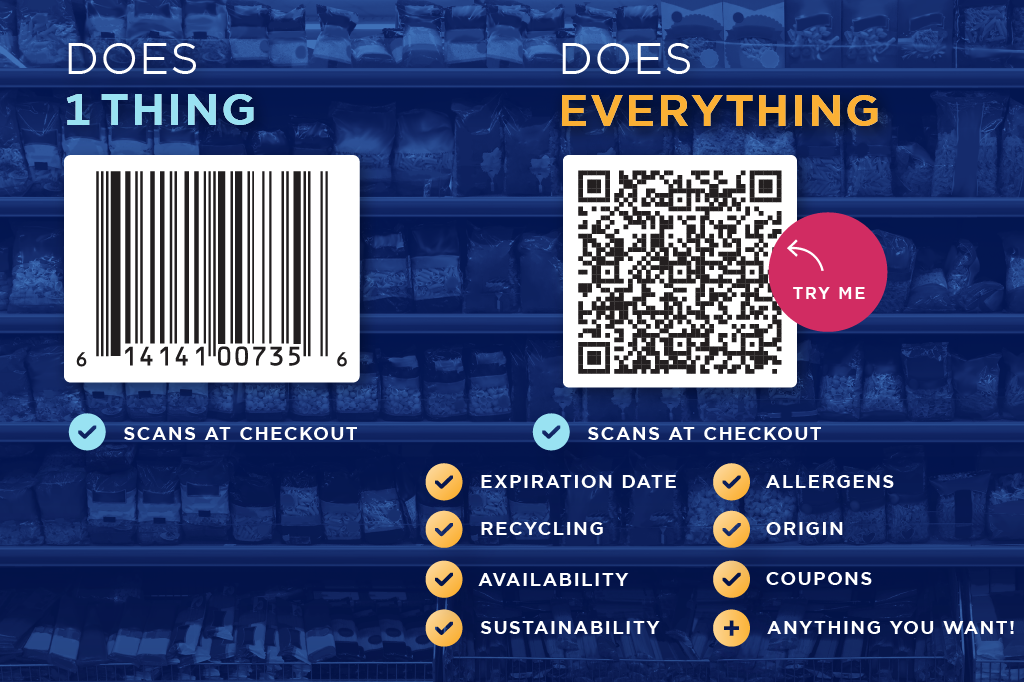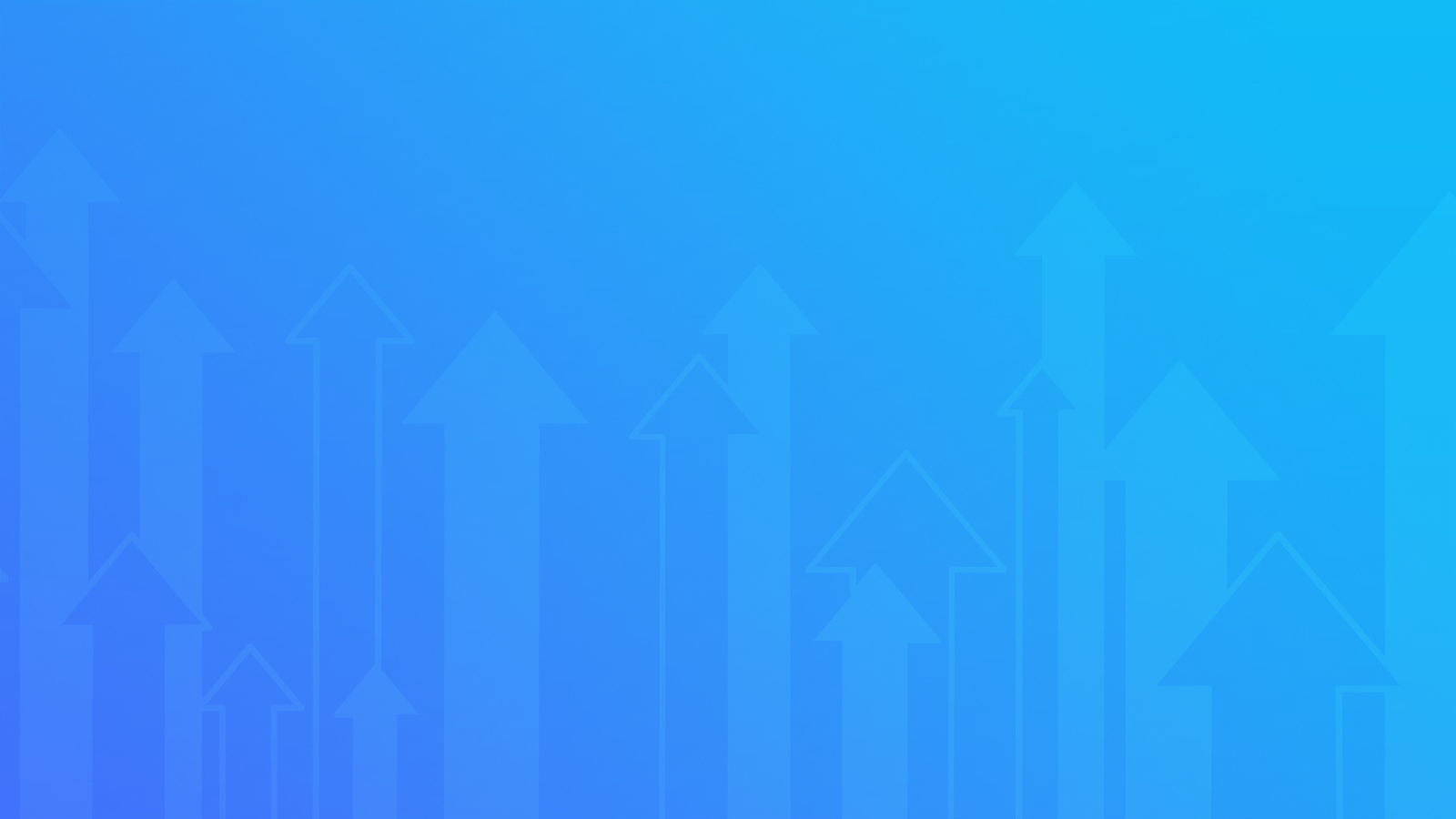The UPC barcode has played a starring role in retail and commerce for almost 50 years. From price checks to product identification, this one-dimensional, machine-readable data carrier has been crucial to tracking, tracing and managing inventory across all channels. But as the world and commerce have evolved, so have the demands of today’s consumers. They are looking to engage with brands on deeper levels and discover more product information.
In response, a massive global shift is underway to migrate to the next generation of data carrier: a two-dimensional (2D) barcode, similar to a QR code. What sets a 2D barcode apart from the traditional UPC barcode is its versatility. Here are several ways this more robust barcode can make the supply chain more efficient and bring more information to the fingertips of consumers.
Reimagine QR Codes for Brands
We are incredibly used to seeing QR codes everywhere for marketing purposes and pandemic-era restaurant menus. But these QR codes reimagined for brands are specially constructed using a new standard called GS1 Digital Link that makes a barcode web-enabled. The same code that will “go beep” at checkout will also lead to various types of online product information.


At its core, this 2D barcode has real-time data sharing capabilities to support next-level supply chain visibility. All product information and attributes can be encoded into 2D barcodes — far more than a current UPC. Data such as country of origin, batch/lot and serial numbers have a home in this supercharged 2D barcode. This represents a huge opportunity to really maximize supply chain traceability — a growing necessity amid new regulations, such as FDA requirements supporting food and product safety. Retail partners from the manufacturer to the retail or marketplace can better manage the integrity of products, particularly for perishable or seasonal goods.
To put this benefit into perspective, think about how we as consumers experience product recalls today. You might hear about a food item recall on the news one day or find an article on social media and then decide if you think your item was affected or not. With the switch to 2D barcodes, the retail community has more power to communicate critical information such as recall inclusion to consumers instantaneously via a smartphone scan — pre- or post-purchase. If an affected product is scanned at the point-of-sale in a store, the consumer can also be alerted to any potential safety concerns before they buy.
Connect with Consumers
2D is exciting beyond the business-to-business side, too. This new dimension in barcodes will open up a whole new channel for storytelling to the consumer. From a consumer’s POV, a quick scan can provide information such as instructional videos, recommendations on complementary products, certifications to back up environmental, social and governance (ESG) claims. Think about your brand story, key product attributes and a deeper dive into the unique selling proposition you provide. To print all that on product packaging for a consumer to ingest and understand would be a tall order.
What does a consumer want to know? In short, everything!
- Is it healthy?
- Could I be allergic to it?
- Can I recycle it? How?
- Is it cruelty free and sustainable?
- Can I get a coupon for it?
- How do I use this? How do I dispose of it?
The ability to provide dynamic information like this via a quick smartphone scan could be a game changer for your business since so many consumers connect with a brand based on their values and transparency. Delivering these details could make or break a transaction.
Having one powerful code on product packaging can revolutionize your marketing strategies, too — great news for packaging design teams everywhere! Many have been frustrated with the lack of space for creativity. For example, imagine the impact on the cosmetic and skin care industries, or any other industry that features small products with even smaller tags to read. These brands will have the opportunity for authentic storytelling to various consumer segments without compromising their packaging design.
The Future of Shopping
The adoption of 2D barcodes is already gaining momentum. Brands such as PepsiCo, Puma and P&G are all first movers, understanding the major benefits of having more information to drive business processes and the ability to influence consumer engagement. Smaller independent brands are also enthusiastic about the emerging benefits of migration from UPC to 2D barcodes.
While the benefits of shopping in store are somewhat obvious, the e-commerce community is embracing the opportunity for post-purchase engagement. For example, shoppers who purchase electronics or power tools online would have access to videos on instructional use, care to extend the product’s life and proper disposal.
Through this technology that empowers consumer engagement, 2D barcodes will help power the supply chain to meet the needs of the next generation of shoppers, regardless of where they shop.
Learn more about 2D barcodes, from informational podcasts to guidance on adoption.
